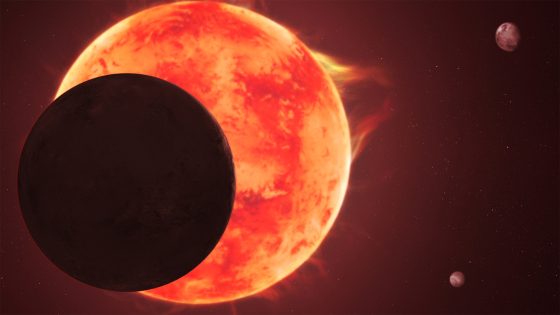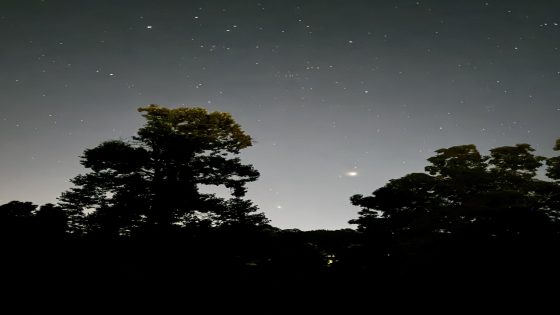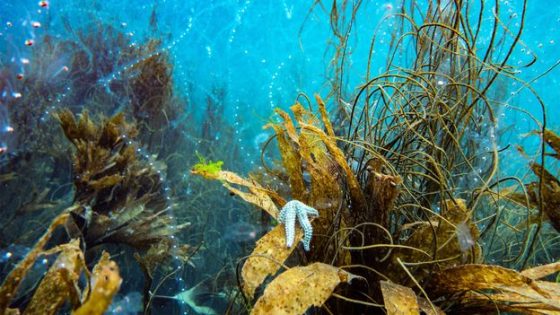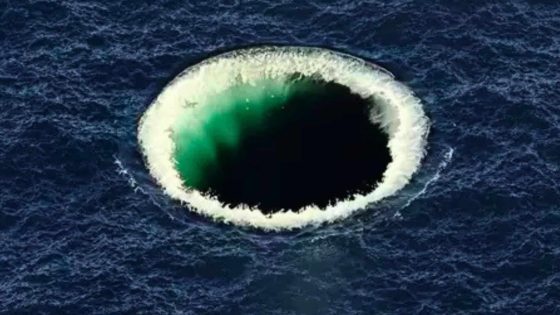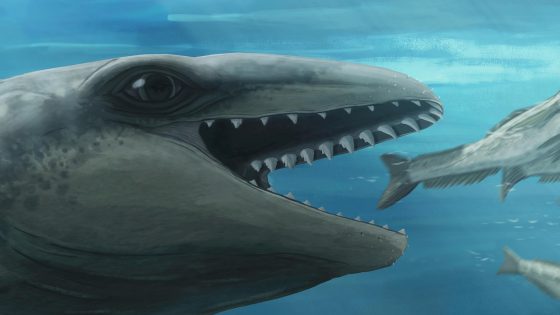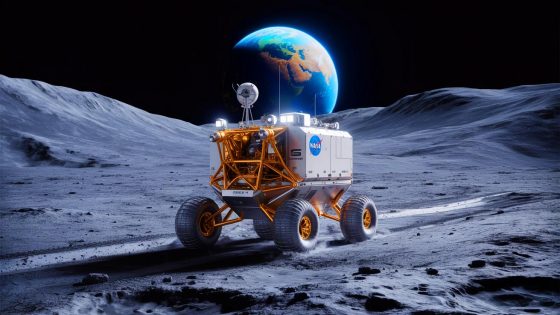The search for habitable planets around TRAPPIST-1 has taken a hit, as the James Webb Space Telescope (JWST) revealed no Earth-like atmosphere on the third planet, TRAPPIST-1d. This discovery, reported on 2025-08-14 22:00:00, raises concerns about the potential for life in this intriguing star system.
- JWST finds no Earth-like atmosphere on TRAPPIST-1d.
- Four other TRAPPIST-1 planets still viable.
- TRAPPIST-1d lacks water, methane, carbon dioxide.
- Red dwarf stars may strip atmospheres away.
- Future missions will search for other planets.
- TRAPPIST-1 is 40 light-years away.
Despite this setback, four other planets remain in the habitable zone, where conditions could allow for liquid water. Scientists are still hopeful that at least two of these planets might possess atmospheres capable of supporting life.
This revelation prompts US to consider: what does it mean for the future of exoplanet studies? The absence of an atmosphere on TRAPPIST-1d doesn’t eliminate the possibility of finding life elsewhere. Key points include:
- TRAPPIST-1d may have a thin atmosphere, thick clouds, or be barren.
- Other planets in the system still warrant investigation for atmospheric signatures.
- Red dwarf stars, like TRAPPIST-1, are common, increasing the chances of finding habitable worlds.
As we advance our exploration techniques, the quest for rocky planets in habitable zones continues. Future missions, such as the European Space Agency’s PLATO, may soon unveil new worlds that could harbor life.



